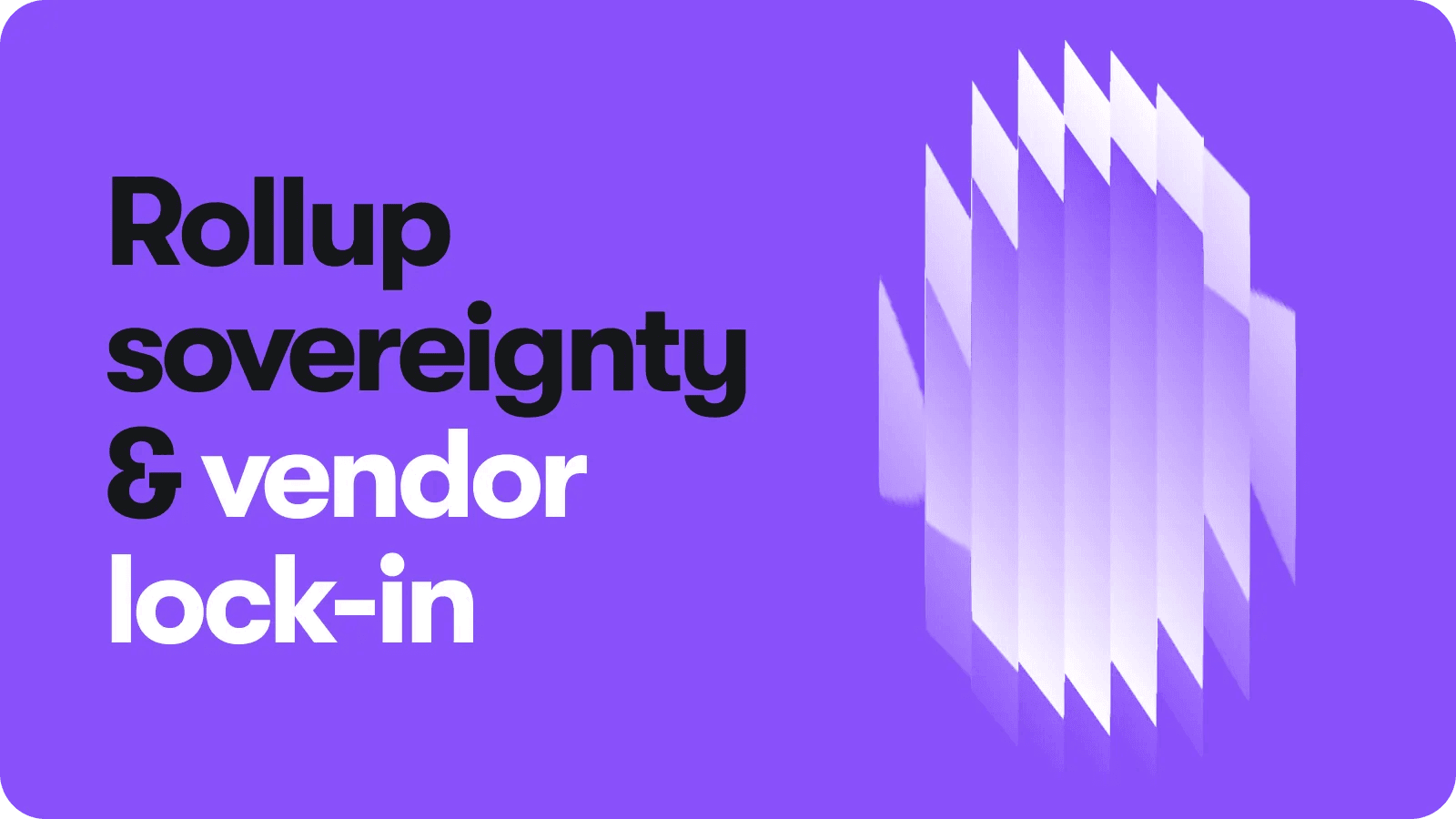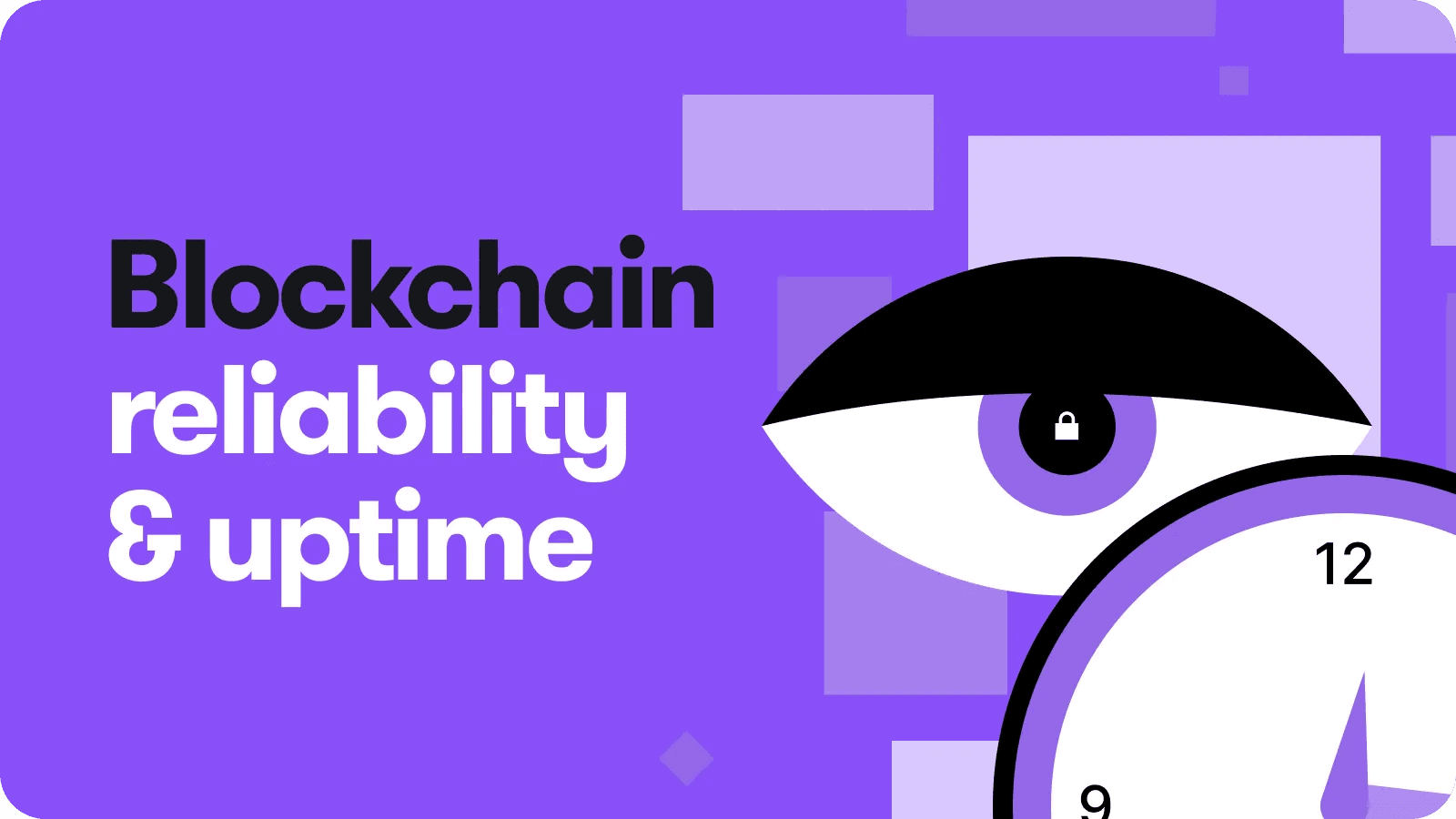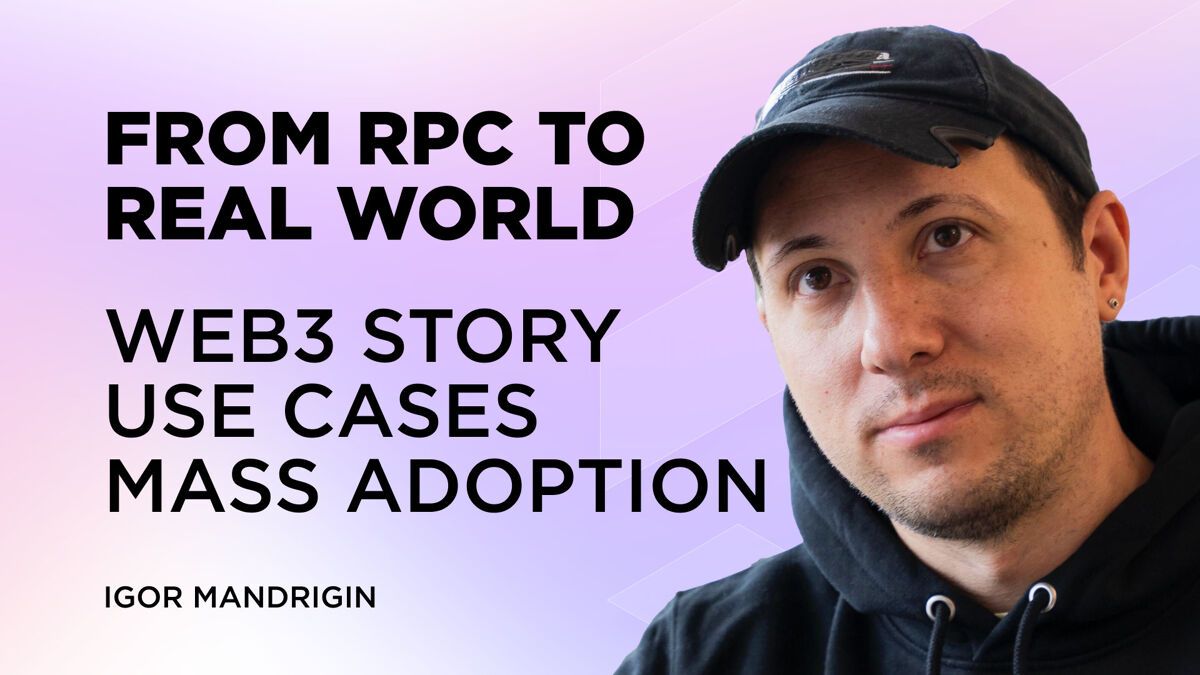
Introduction
The blockchain industry is developing fast, and rollups are leading the charge when it comes to scaling solutions. But with all the innovation comes an age-old dilemma: control. Who really holds the reins when managing and running these rollups? Good question which is why rollup sovereignty is important. Rollup sovereignty is not just a buzzword; it's necessary for projects that want to stay in control. On the flip side, we've got the sticky issue of vendor lock-in, especially with the rise of Rollup-as-a-Service (RaaS) providers.
Rollup sovereignty is about maintaining autonomy over your rollup infrastructure. For vendor lock-in, that's when you're stuck with a single service provider, and breaking free feels like an impossible task—it's like renting an apartment where you can't change the lightbulbs without your landlord's permission.
Why Rollup Sovereignty Matters
This is the deal: sovereignty isn't just a feel-good concept—it's the backbone of a project's flexibility and independence. Without it, you're at the mercy of a third party that may not always have your best interests at heart. Want to adjust fees, upgrade smart contracts, or migrate? Good luck if you don't have control.
The Vendor Lock-In Problem
Vendor lock-in is a bit like signing up for a "free" app only to find out later you can't live without the premium features. At first, RaaS providers make life easy as they handle all the technical heavy lifting—but that convenience can come at a cost. The more you rely on them, the harder it becomes to stay away.
Case in Point: DEGEN L3 and Conduit
Let's talk specifics. Consider the example of DEGEN L3, a blockchain project that used Conduit's RaaS platform. Everything seemed fine until disagreements arose. Suddenly, DEGEN L3 found itself entangled in a dependency state. This makes it nearly impossible for DEGEN L3 to free itself from Conduit's ecosystem. This isn't a one-off scenario; it's a cautionary tale for anyone thinking about outsourcing too much control.
Components of Rollups and Points of Control
So, what exactly makes up a rollup, and where do the control battles happen?
Sequencers: The Gatekeepers
At the core of every rollup is a sequencer. Think of it as the traffic cop for blockchain transactions—deciding which cars (transactions) go first and which ones wait. If the RaaS provider controls the sequencer, they control the traffic. That's a big deal. This could mean censorship or even preferential treatment for certain transactions. Imagine if your landlord could decide who gets hot water first in an apartment building—that's what it feels like.
L1 Smart Contracts: The Brains of the Operation
Layer 1 smart contracts govern the rules and behavior of your rollup. But here's the kicker: most RaaS providers retain full control over these contracts. If they control upgrades, they control your rollup. Want to make changes? You might not even get a say. It's like renting a house but never being able to renovate it.
Wallet Keys for Fees: Financial Independence
Rollups run on fees. If the provider holds the wallet keys, you've effectively handed over control of your project's finances. Without those keys, you're locked out of an essential part of your ecosystem. That's a level of dependence no project can afford.
RPC and Third-Party Services
RPC services are how rollups communicate with the blockchain. Many projects rely on third-party providers for this, but if they stop supporting you or restrict access, your rollup could grind to a halt. Worse still, some RaaS providers don't let you run your own RPC, which further ties your hands.
Challenges in Migration
Hold that thought if you're thinking, "Why not just leave a problematic RaaS provider?". Migration isn't as simple as packing up your stuff and moving to a new place. It's more like uprooting a tree without killing it. Some include:
Technical Hurdles
Incompatibility Issues
Each RaaS provider has its way of doing things—custom configurations, proprietary tools, and unique integrations. Trying to migrate between them is like trying to fit a square peg in a round hole. It just doesn't work without some serious engineering effort.
Data Portability
Your transaction data, user records, and smart contract state are all live on the current platform. Moving them isn't as straightforward as copying files from one computer to another. Sometimes, it's not even possible to get all your data out.
Operational Disruptions
Service Downtime
Let's be honest: migrations are messy. You're almost guaranteed to experience downtime, and users aren't happy when your rollup isn't running. Even a few hours of downtime can have serious consequences for high-stakes projects.
Loss of User Trust
Downtime and migration hiccups don't just hurt your project; they hurt your reputation. Users want reliability; if you can't deliver, they might jump ship to a competitor.
Strategies to Mitigate Vendor Lock-In
So, how do you avoid ending up in this mess? The answer lies in proactive planning and taking control wherever you can.
Contractual Safeguards
Exit Clauses Are Non-Negotiable
Before signing on with a RaaS provider, ensure there's an escape hatch. Your contract should include clear terms for service termination and data retrieval. If they're vague or non-existent, that's a red flag.
Shared Control Agreements
Negotiate shared control over critical components like sequencers and wallet keys. A multi-sig setup, for example, can ensure no single party has absolute control.
Technical Measures
Multisig for L1 Keys
Using a multi-signature setup for your Layer 1 smart contracts ensures the provider can't make unilateral decisions. It's a simple yet powerful way to share control.
Flexible Smart Contracts
Design your contracts to allow for upgrades and changes without relying entirely on your provider. This gives you the flexibility to adapt without being held hostage.
Third-Party RPC Support
Don't put all your eggs in one basket. Use multiple RPC providers or even set up your own to avoid single points of failure.
Limitations and Considerations
Of course, nothing is foolproof. Even with the best safeguards in place, there are limits to what you can achieve. Some of those limits are:
Network Upgrade Dependencies
Coordination Challenges
Upgrades don't happen in a vacuum. They require coordination across multiple stakeholders, and getting everyone on the same page is easier said than done.
Service Disruptions
Every upgrade comes with risks, including potential downtime. You need a solid contingency plan to handle these disruptions.
Residual Risks
Complete Independence Is Rare
Even with all the safeguards, some level of dependence is unavoidable. You may still rely on your provider for certain non-critical functions.
An Ever-Changing Industry
Blockchain is evolving at breakneck speed. What works today might not work tomorrow, so staying flexible and vigilant is key.
Conclusion
Striking the Right Balance
Rollup sovereignty and vendor lock-in are two sides of the same coin. On one hand, you want the convenience and efficiency that RaaS providers offer. Conversely, you need to maintain control over your project's destiny. It's a delicate balancing act, but it's one worth mastering.
Takeaways for Blockchain Projects
Here's the bottom line:
Do your homework before choosing a RaaS provider.
Insist on clear contractual terms that protect your interests.
Invest in technical measures that give you control over key components.
Always have an exit strategy in place—just in case.
By taking these steps, you can enjoy the benefits of rollups without falling into the trap of vendor lock-in. Ultimately, it's all about building a rollup that works for you—not the other way around.
FAQs
What does rollup sovereignty mean?
Rollup sovereignty means having full control over your rollup's infrastructure, including key components like sequencers, wallet keys, and smart contracts.
Why is vendor lock-in a concern?
Vendor lock-in limits your ability to switch providers or operate independently, which can lead to higher costs, reduced flexibility, and operational risks.
Can I completely avoid vendor lock-in?
While it's hard to achieve 100% independence, steps like shared control agreements, flexible contracts, and technical safeguards can greatly reduce the risks.
What are the risks of migrating rollups?
Migration challenges include technical incompatibilities, data portability issues, downtime, and potential loss of user trust.
Other blog posts
Want to read more? Discover our other articles below!



